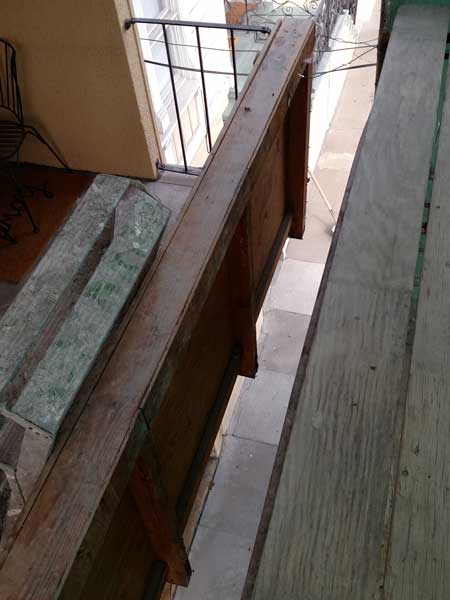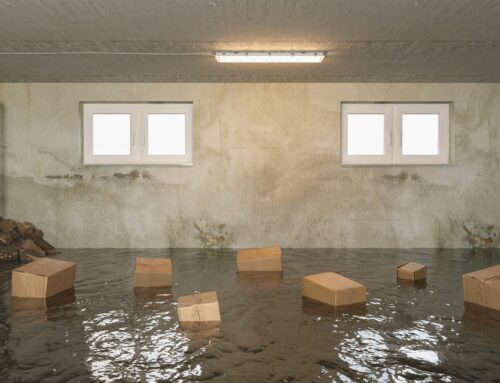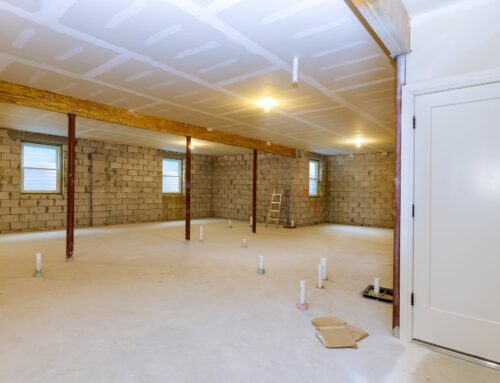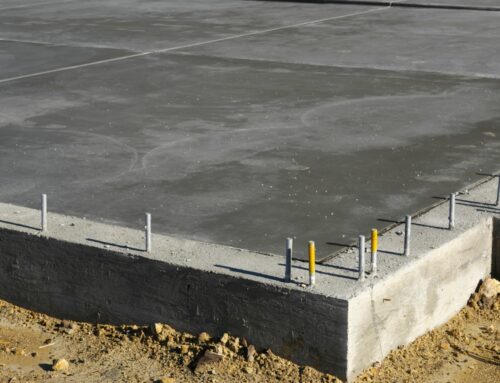Dry rot is never a good thing to have in a home! Although dry rot doesn’t seem like a serious problem at first, it could lead to nasty substances like mold and mildew, causing health problems for you and your family. If dry rot is left untreated, the fungus will spread and quickly destroy your home!
Once you notice dry rot or decay, it’s essential to act fast! The first step to keep damage to a minimum is identifying the problem. Dry rot can be challenging to spot for unsuspecting homeowners, but you’ll notice it quickly once you know what to look for.
Here are some of the common signs of dry rot:
1. Damaged Wood
Dry rot loves wood. Decayed wood typically features a hollowed center, but this can be deceptive! When looking for signs of dry rot, look for wood that has already been damaged. You may have a dry rot infestation if you see surface damage, pitting, or deep holes.
Check the affected areas for areas where water may have leaked from above. Sometimes the source of water penetration isn’t apparent, as dry rot can travel for many feet from the spot where it first started.
Keep in mind that wood isn’t the only material you should inspect! Dry rot can also grow through concrete and plaster walls.
2. Musty Odors
It’s common for people to overlook musty odors as a sign of a dry rot infestation because they could have many other explanations. However, a musty smell is a definite sign that all is not well.
Dry rot can cause musty odors in the affected areas – and sometimes, you may smell it before you even realize what you’re smelling. Odd odors in a home can be tricky to track down, so if you smell something fishy, take a look at your wood and see if you can spot the cause.
3. Spores
When you have a dry rot infestation, you have to worry about more than just the wood. The fungus that causes dry rot produces spores, which can be poisonous.
Dry rot spores are not always apparent, but you’ll usually see the areas that are contaminated by spores. If you do see black or white spots in your wood, you can think about getting some mold and mildew test kits to get an accurate reading.
4. Sporophore
Sporophore is a fancy word for the fruiting bodies of the dry rot fungus. If you see thin, white strands or clusters of furry, white growths on your wood, you’re looking at a sporophore.
The presence of a sporophore is a sure sign that dry rot is present. It’s also a sign that you should take immediate action to manage the infestation!
How to Prevent Dry Rot
It’s not always easy to prevent dry rot from getting a foothold in your home. However, there are steps you can take to manage the threat.
It’s vital to get any leaks in your home fixed as soon as possible, especially if you have a basement. You’ll want to use your mop to quickly inspect the ceiling of your basement and call for waterproofing, leak detection, and repair.
If you spot any leaks, make sure you get them fixed. While you’re at it, check to see if the leaks are causing moisture to build up around your plumbing pipes and roof. If you see water pooling, you have a bigger problem on your hands!
Conclusion
As you can see, the signs of dry rot can be deceptive. Luckily, there are many things to look for that will help you identify the problem. Once you’ve spotted the signs of dry rot, you must call in a professional to take care of the problem. A professional can help prevent further damage, save you from unnecessary expenses, and give you peace of mind!
If you’re dealing with a dry rot problem, leave the job to our team at One Stop Plastering to solve and prevent it from happening again! Besides waterproofing, leak detection, and repair to prevent dry rot, we also offer dry rot repair and replacement across the Bay Area. Call 415-464-9400 or email us now for your free bid!






